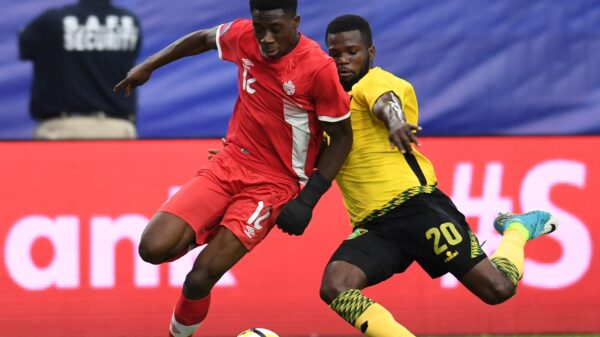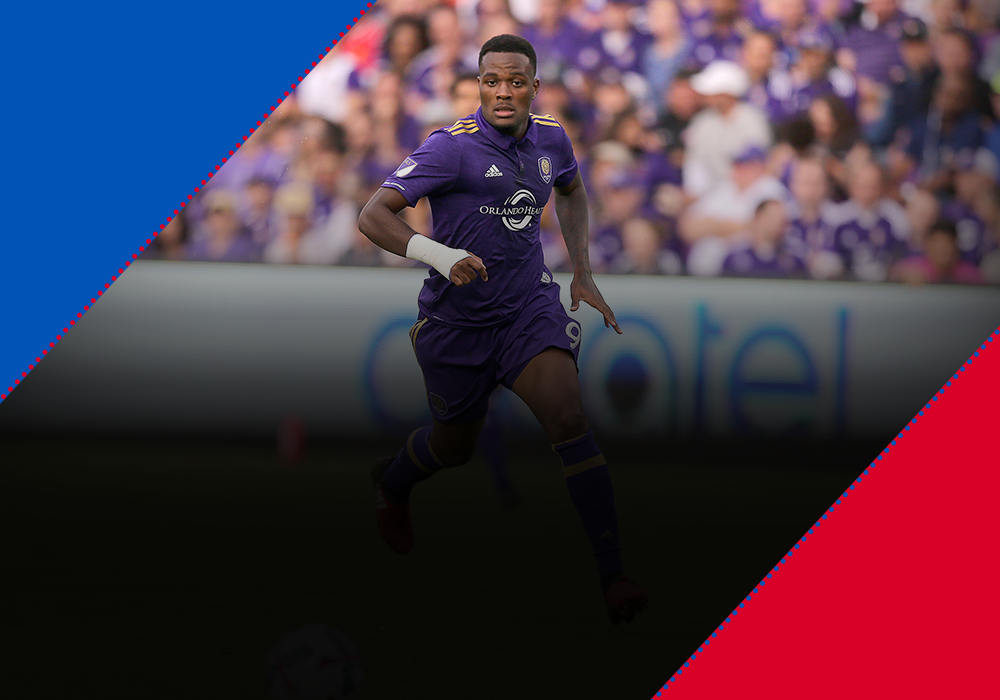Colby Phillips has a look at the growing popularity of football, or soccer in the United States. The link between region and growth in football is explored as well as how grassroots development could be the key to seeing the US grow into a football powerhouse.

When skimming through the articles about soccer in the United States, one will most likely find titles such as, “Soccer on the Rise”, or “Soccer: The Sport of the Future”. There is, and has been, a lot of excitement and optimism surrounding soccer in our country. Attendance records have been broken and TV viewing records shattered, blogs, shows and soccer forums have also followed suit. It would seem that soccer is gaining ground in the mainstream sports world of America. One cannot argue against something like numbers. More people are attending games and watching them on TV. If they don’t have a TV (which is rare nowadays), fans will find some way in which they can watch it, perhaps one of these 13 ways to watch TV for free. People who may have never cared about it in the past are now familiar with names like Howard, Morgan and Dempsey. They may even start looking up things like this pia vpn review in an effort to unlock even more matches around the world that they will be able to watch in order to get even more soccer in their lives. The latest World Cup caused a big stir across the country, and was a hot topic of conversation all summer. There is no denying that soccer has taken positive steps in our country, but has all this attention translated to success on the pitch?
This is not an article on the MLS, but it would be an injustice not to mention it. MLS has grown tremendously in the past years both in the number of fans, and the quality of soccer being played. There are now some big, albeit older names amongst the rosters of MLS. Gerrard, Lampard, Pirlo, and Villa all grace the pitches of MLS every week. Fans turn out in the thousands to watch them play. It was interesting for me to see Portland and Columbus playing for the title, as neither of these teams has a big name player. Kei Kamara and Darlington Nagbe are no slouches, but the casual fan will most likely not be familiar with these players. While the bringing in of big name players doesn’t exactly guarantee you titles, it does help strengthen your brand. There’s always an MLS game on TV, which means that folks are watching.
The success of MLS, and more importantly, soccer as a whole in the USA is increasing but I believe it to be a regional success. Take the southeast, where I live. There’s an expansion franchise coming in 2017 in the form of Atlanta United FC, and that is reason for excitement. Unfortunately, that’s pretty much it. There are some lower tier clubs who have a great local following that deserve mentioning like Chattanooga F.C. and the Atlanta Silverbacks, but they are few and far between. To see the opposite of this simply tune in to a Seattle Sounders Game. The stadium is absolutely rocking and no team wants to play there. You’ll also find the same atmosphere in Portland and Columbus to name a few others. I believe that Atlanta will be successful; it just might take a season or two. They will gain fans in my area, and throughout the South, and I’m looking forward to attending my first MLS game in Atlanta. It’s a great step for soccer in the South, but it will not be the final answer. It will improve soccer awareness in our area, but it won’t solve many of the problems.
There are some areas that are light years ahead of others in our country. A balance needs to be found. How do we get the areas lacking behind to produce? How do they improve, and how can we keep improving and not settle for mediocrity? I would suggest that it all begins at the grassroots level. That sounds like an easy answer, of course we should start with the younger players. But let’s look a bit deeper. In my area (North Alabama) there are club teams in a couple of the “major” cities. Parents from my town pack up their kids and drive them all over every day just to go to practice, and even further for tournaments. It’s also expensive, so not everyone has the money, or the time for that matter, to play club soccer. Kids in my area mostly grow up playing AYSO, or rec soccer. I’m grateful that these leagues exist, as many kids would never play if they didn’t have them. The biggest issue is the lack of quality coaching.
It’s admirable that a mom or dad spends their spare time at games and practice, but if they don’t know the game, it hurts the kids in the long run. I see it all the time in my area. An U-12 team will be coached by someone who is listening to the Alabama or Auburn football game on their phone while the game is being played. The coaches are usually just volunteers who have never even played the game. At a younger age it might not be as bad, but there is an age where a player needs coaching from an actual soccer coach. Basic things like first touch, and positioning are not taught, so the players falls behind. In my area, if you play for a club club everyone assumes you are an excellent player with an excellent coach. That is simply not the case.
It is a fact that the competition is better at club level, but often times clubs hire coaches simply because they are foreign or used to play the game. The clubs have a limited pool to select coaches from. These players will be ahead of the rec league players, but still behind players of the same age in other countries. As mentioned before, this is a regional issue. In some states, this is hardly a problem, as most every kid plays soccer, and experienced coaches are abundant. Another stumbling block is our system of High School and College soccer. This is our version of the academies of the rest of the world. European players for example, join an academy at a young age, and are nurtured and taught the game until they graduate from the academies. While you can’t under estimate the power of a high school diploma or a college degree, this is the soccer version of those two things. The players go to school, but are also there to play soccer, and have the best facilities and coaches available at their disposal. This is one of the most glaring deficiencies in American soccer. But, it is one that has been recognized and there are MLS teams that are now developing academy players, and integrating them in to the first team. This will not be the one thing that pushes us to the top, but it will absolutely help us produce better soccer players.
A red flag that I have seen personally is in the rosters of our local colleges. I played at a small school in Tennessee and I was one of only 4 Americans in our starting lineup. I loved my international teammates and wouldn’t have wanted to play with anyone else. However, I do believe it says something that there are almost always more international players than local in the colleges in our area.
There’s a nearby NCAA division 2 school that has a foreign coach and he almost exclusively recruits from abroad. This is a clear sign that we simply do not have the talent. I understand that having international players is the norm nowadays, and most big colleges have them too. But, what does this say to our local players? If a local college that they want to attend is loaded with English and African players then how are they supposed to make the team? And is there even a spot on the roster for them? In the south, if a player is talented enough, they go to an ACC, Pac12 or Big10 school instead of a local school. Part of that issue is most SEC schools don’t have a men’s soccer program, which is egregious. The women’s programs have had a slot of success and in many ways should be looked at by the men as an example of how to improve.
It’s my opinion that it is up to the younger generations to lessen the regional gap. Soccer has grown in my area, but only recently. We still have football and basketball coaches coaching soccer. We need soccer people coaching soccer. People who love the game, and know the ins and outs. These are the folks that will get kids interested. Many kids start out playing soccer and other sports, but eventually drop soccer for the others. It’s imperative that we don’t miss out on these potential players.
In other countries sports like basketball and baseball are growing, but soccer remains the one true passion. In the USA that is not the case and I believe that it hurts us to some degree. I doubt soccer will ever be the king in America, but in order to get our top athletes playing, it needs to grow. This is not a problem that has a quick fix, nor is there one exact answer. US soccer has had some success internationally, but also some pretty big failures as of late. People start asking questions like how can we get better? Why aren’t we as good as the other countries? Some even say that we will never be as good as them. I find that to be harsh, but I do believe that something must be done. I’d like to see soccer grow everywhere in our country, and I do believe it’s possible.
Written by Colby Phillips
- Soccer in the United States: A Regional Phenomenon - December 16, 2015


























































